Fish Communication in Aquariums: Behavioral Signals Explained
Discover how aquarium fish communicate through visual signals, sounds, and body language, building hierarchies and thriving in their aquatic environment.
Table of Contents
- Visual Communication: Colors, Patterns, and Displays
- Auditory Communication: Sounds Under the Water
- Chemical Communication: Pheromones and Other Signals
- Body Language: Subtle Movements and Social Cues
- Environmental Factors That Control Communication
- Why Understanding Fish Communication Matters
- Faq
- Conclusion
Fish are the complex species, and their more minute forms of expression, like body language, color alteration, and fin movements, aid them in relating with their environment, social behaviors, and survival. Contrary to the saying that fish are inaudible and antisocial, these very species have a sophisticated "language" which helps in the expression of emotions and warnings regarding danger as well as signaling readiness for mating. Similar, humans and animals, including fish, communicate by verbal and non-verbal, like body language and facial expression. Knowing them will create harmony, whether inside an aquarium or between humans and animals, better connection, and wellness for all of them.
Visual Communication: Colors, Patterns, and Displays
Visual signals are one of the most prevalent means of fish communication. In an aquarium, such signals are observable, making them a prime concern for fish keepers.
Color Changes
Fish generally use their coloration to communicate mood, health, or social status. For example:
· An brightly colored fish such as a male betta shows off bright colors to signal dominance or mate selection.

· Pale or washed-out color could be due to stress, illness, or submission.
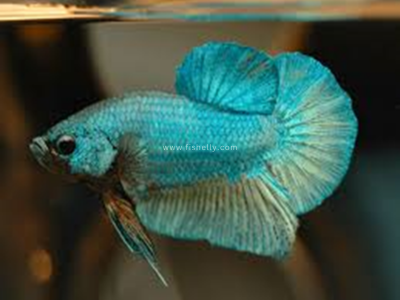
· In breeding cycles of cichlids, females are known to exhibit specific patterns that indicate readiness or to protect offspring.
Body Language
Some fish communicate through their pose and fins. Some of the most common include;
Fin Fanning
These are fins spread open by Betta fish to threaten rivals or signal territory ownership.
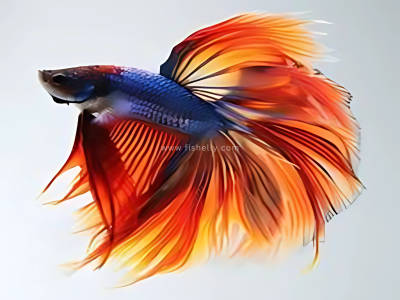
Arched Backs or Head Tilts
These are common postures in fish during mating rituals or confrontations.
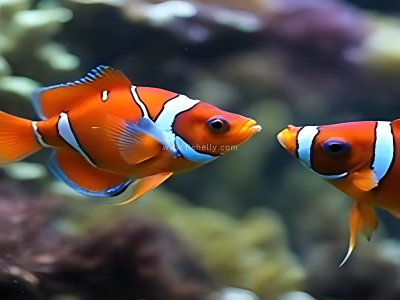
Auditory Communication: Sounds Under the Water
Although less conspicuous than visual signals, fish make sounds to communicate. Such sounds are usually generated by grinding their teeth, vibrating their swim bladders, or clicking their bones.
Sounds Used For:
Territorial disputes Some species, such as damselfish, produce low-frequency sounds to alert intruders.
Courtship Catfish and gouramis make subtle clicking sounds when displaying to potential mates.
Stress Pop or sudden popping can signal alarm or distress.
Observing Auditory Signals in Aquariums While humans may not be able to hear these sounds, underwater microphones have discovered a whole other world of communication in aquariums.
Chemical Communication: Pheromones and Other Signals
Chemical signaling is another critical way that fish communicate, although invisible to the naked eye. Fish emit pheromones-chemical signals that communicate information-through the water.
Functions of Pheromones:
Territorial Marking Dominant fish may secrete chemicals to mark territories.
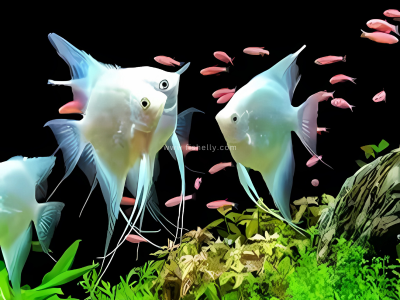
Reproductive Cues During the breeding season, fish secrete pheromones to communicate readiness to other mates.
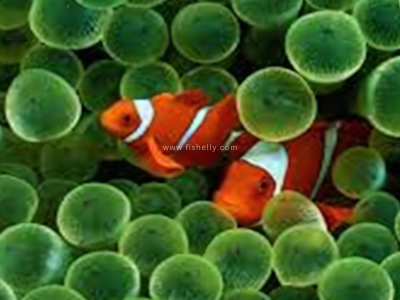
Warning Cues When injured, some species, such as minnows, secrete "alarm substances" to alert others to potential danger.

Effect on Aquariums Clean water is essential for these cues to be effective. Overcrowding or poor filtration can cause an overload of pheromones that may cause stress or aggression among tankmates.

Body Language: Subtle Movements and Social Cues
Fish often use body movements to interact with their environment and fellow tank inhabitants.
Schooling Behavior Species like tetras, danios, and rasboras rely on synchronized swimming to stay safe and maintain group cohesion. These movements reduce the likelihood of predation and demonstrate their ability to function as a unified entity.

Aggressive Displays Darting, chasing, or nipping are communication methods in the territorial fish that include cichlids. These warn others of the approach of an intruder or a competitor.

Responsive Movements Cleaner wrasses, a class of gobies, move bodies to encourage cleaner fish, resulting in mutualisms even within artificial environments, as in an aquarium.
Environmental Factors That Control Communication
The aquarium environment plays a big role in the shaping of fish communication. A well-structured habitat encourages fish to behave normally, but an unsuitable environment could disrupt communication and cause stress or cause conflict.
Lighting Appropriate lighting enhances the visual signals especially in fish with iridescent or fluorescent coloration.

Hiding Spots Rocks, plants, and decorations will help occupy hiding spaces for territorial fish where they can claim so reducing aggression.
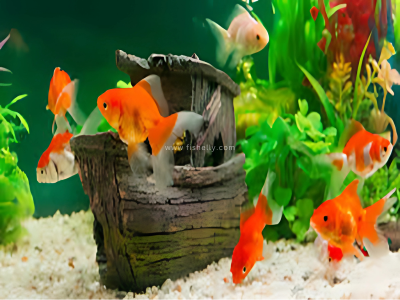
Tank Size Overcrowding also diminishes the capacity of the fish to claim personal space, and thus they react with increased aggressiveness or stress.
Why Understanding Fish Communication Matters
Understanding and deciphering fish behavior goes beyond being an interesting pastime-it's a very useful instrument in optimizing aquarium care.Detecting Stress and Disease Colour changes, erratic swimming patterns, and odd posturing can be early indicators of problems ranging from water quality issues to diseases.
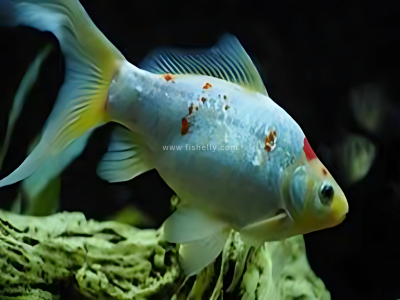
Improving Compatibility Aquarists can make informed decisions about tank mates by observing fish interactions. For instance, pairing fish with similar communication styles and behaviors often leads to a more harmonious community.
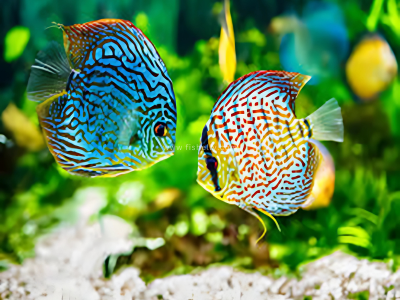
Supporting Breeding Efforts Understanding mating signals helps aquarists create ideal conditions for breeding, from setting up appropriate environments to recognizing when fish are ready to spawn.
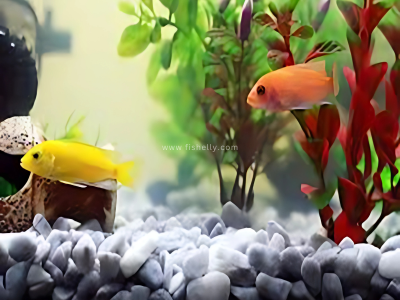
FAQ
1.How do fish communicate in aquariums?
Fish communicate through visual signals, sounds, chemical signals, and body language.
2.What do color changes in fish mean?
Bright colors signal dominance or mating, while pale colors indicate stress or illness.
3.What is the significance of fin fanning in fish?
Fin fanning is used to threaten rivals or assert territory.
4.Can fish produce sounds?
Yes, fish make sounds for territorial disputes, courtship, and expressing stress.
5.How do fish use chemical signals to communicate?
Fish secrete pheromones for territory marking, mating readiness, and danger warnings.
6.Why is body language important for fish communication?
Body movements convey aggression, stress, and social cohesion, like in schooling behavior.
7.What environmental factors influence fish communication?
Lighting, tank size, and hiding spots affect visual signals and reduce aggression.
8.Why is it important to understand fish communication in aquariums?
It helps detect stress or illness, improve tank compatibility, and support breeding.
9.How can I reduce aggression between fish in my aquarium?
Provide hiding spots, appropriate tank size, and a suitable environment.
10.What signs should I look for to detect stress or illness in fish?
Look for color changes, erratic swimming, or unusual body postures.
Conclusion
Fish communication offers a glimpse into the complex social world of aquatic life. If one pays attention to the subtle cues that fish give, aquarists can easily create an environment that will allow natural behaviors and overall well-being. Whether a casual hobbyist or a dedicated researcher, understanding the ways in which fish communicate will deepen one's appreciation for these fascinating creatures and the vibrant ecosystems they create, even within the confines of an aquarium.

















